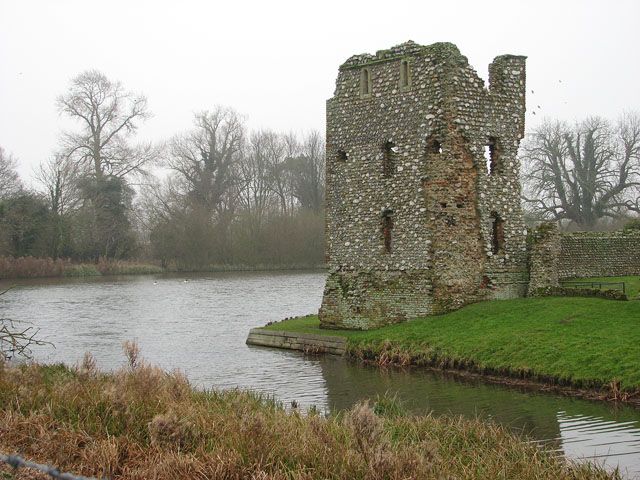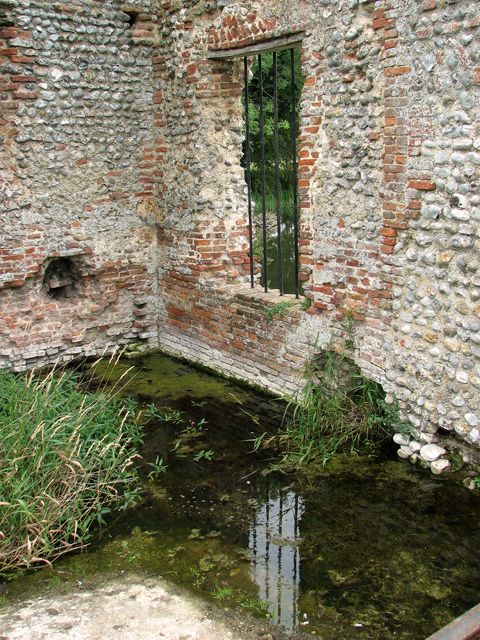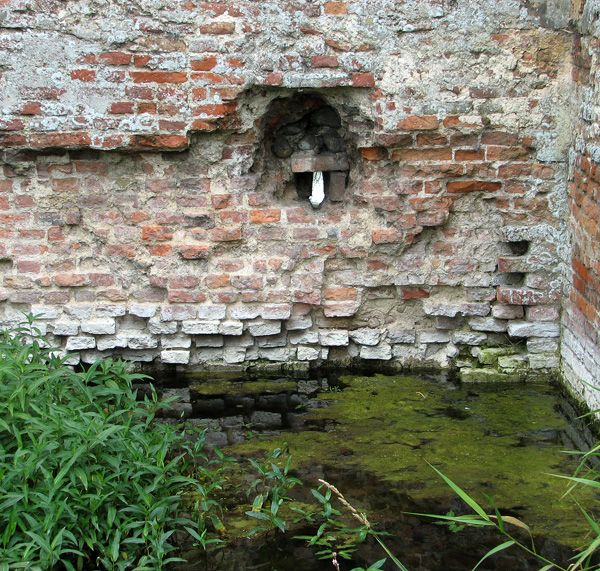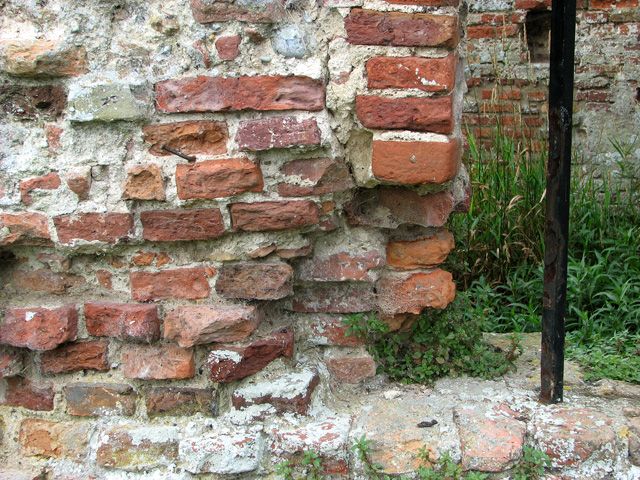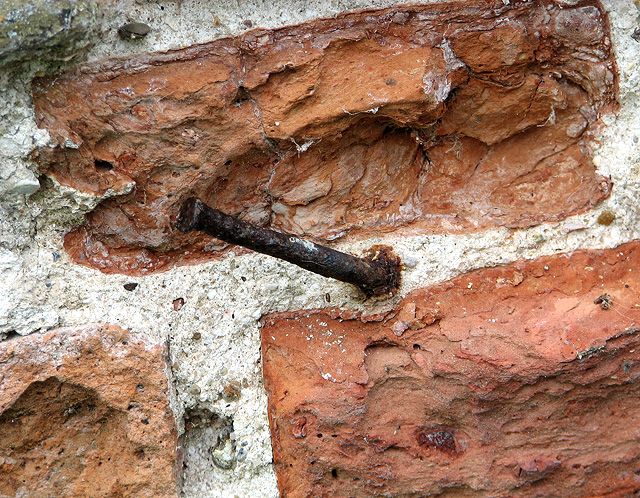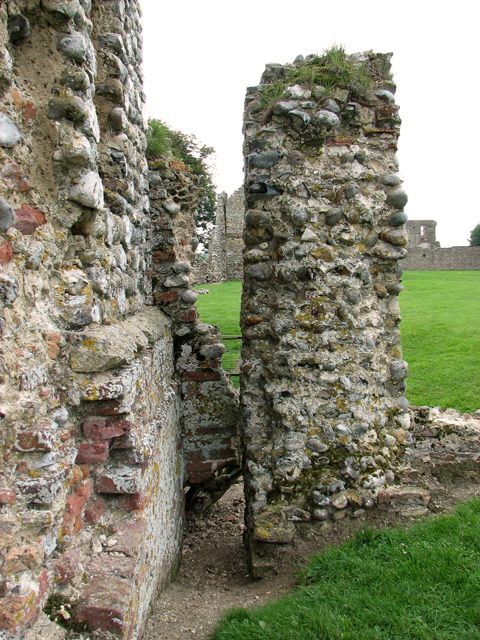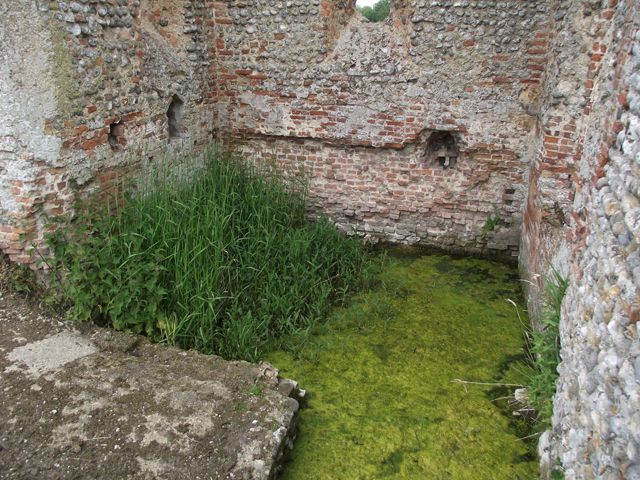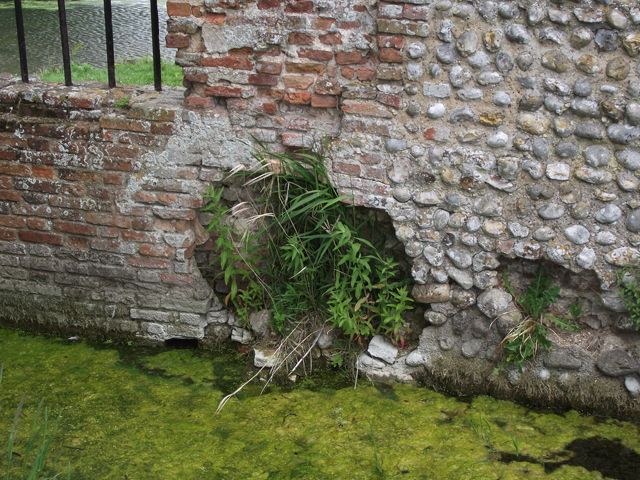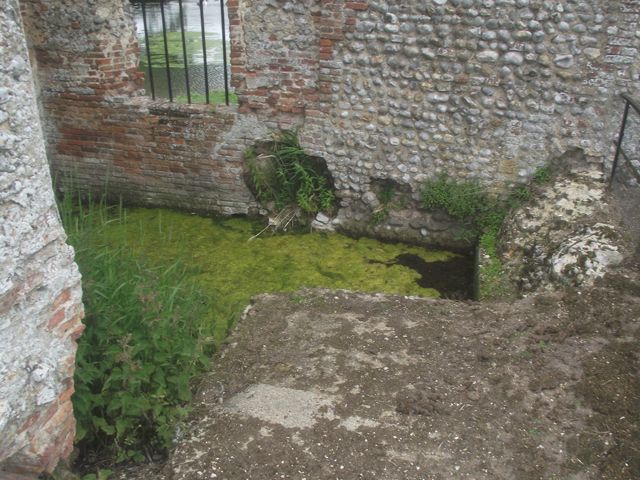Baconsthorpe is a village 4 miles south-west of Sheringham.
| Name | Occupation | Posted from | Until |
|---|---|---|---|
| Sergeant John George Seaman | Farmer |
Unknown | 03 Dec 1944 |
| Private Paul Harry Allard | Assisting Father (Smallholder) |
Unknown | Unknown |
| Private Donald Llewllyn Daglish | Agricultural farm worker |
Unknown | 03 Dec 1944 |
| Private Archibald Albert Newstead | Tractor driver |
Unknown | 03 Dec 1944 |
| Private John Frederick Rix | Agricultural labourer |
Unknown | Unknown |
| Private Anthony Herbert Smith | Agricultural labourer |
Unknown | 03 Dec 1944 |
| Private Hedley George Smith | Unknown | 03 Dec 1944 |
The OB was situated in the base of the north-east tower of the ruined castle at Baconsthorpe. The site is currently managed by English Heritage and open to the public all year round.
Baconsthorpe Castle (NHER 6551) is a moated, fortified, 15th century manor house, now in ruins. It was built by the Heydon family and part of the complex was later used as a wool-processing factory. The castle was later abandoned and, after having accumulated large debts, the family was forced to demolish parts of it to sell as building materials in the mid 1600's.
Aerial photographs taken by the RAF in 1945/46 – provided by Norfolk County Council Services’ E-Map Explorer – show the castle site much overgrown, with trees and shrubs almost completely covering the ruins and dense vegetation in the surrounding moat.
The site has since been taken into the care of English Heritage who have designated it a Grade I listed building and a Scheduled Ancient Monument. The ruin was cleared of vegetation after the war, revealing the intact curtain walls with the remains of towers, forming a square court of 30 metres. The remains of a three-storey gatehouse and drawbridge can be seen in the south wall and a two-storey range remains along the east wall. The site is adjoined by a lake in the east and surrounded by a moat on the other three sides.
Baconsthorpe Patrol’s OB was built into the base of the tower situated in the north-east corner of the curtain wall. The base of this tower is currently filled with water which, depending on the fluctuating water level in the surrounding marsh pastures, is about 0.80 to 1.20m deep. The red-brick wall of the tower’s base is covered with deposits of lime, turning it white, up to maximum high-water level height.
According to one of the information boards put up by English Heritage, it is believed that a water tank was inserted into the base of the tower at the time when the east range of the complex was used as a wool processing factory, and that the process of fulling the cloth - which requires the use of water and/or urine - would have been carried out here in the 16th century.
According to Patrol member Hedley Smith there was no trace of a water tank having been in the tower when the Anderson shelter that served as their OB was put in, and they never had a problem with water. At the time the shelter was put in the base of the tower was dry.
The Anderson shelter filled the whole base of the tower. Hedley Smith told us that there was no escape route. The OB was sealed off, with the only way in and out being a narrow space that Patrol members had dug under the adjoining (north) curtain wall. The crawlspace providing access is still in place underneath the wall where it was dug. The OB’s entrance/exit opening faced west.
No traces remain that would indicate that an Anderson shelter has ever been contained in the tower’s base. However, at some time in the past bricks were cut out along the whole width of the tower’s north wall up to a height of about 2 metres, effectively enlarging the tower’s interior space by about 10 centimetres. We failed to find records as to when this was done and can for this reason only guess that an action like this could have been taken in order to accommodate the width of an Anderson shelter.
Loopholes, created by the medieval builders of the castle, can be observed all along the curtain wall as well as in the towers’ walls. They all have the same design and measurements. The loophole in the north wall of the north-east tower, the tower that accommodated the OB, appears to have been altered, ie narrowed. Also, stones and bricks seem to have been picked out of the interior wall surrounding this loophole. We presume that this particular loophole may have been altered perhaps to serve as a peephole, affording a good view over the ground to the north.
A number of bricks are missing in the east wall at about (exterior) ground-level height, forming a cavity that appears at first sight to perhaps have been an exit or entrance opening that has later been blocked. A closer look, however, reveals that the stones on the outer (east-facing) side of the wall are undisturbed.
One item that we found to be out of context in a medieval castle’s wall was a rusty nail in the tower’s exterior east wall.
Baconsthorpe Patrol
Proposed targets for the Patrol have been indicated as supply targets, had the nearby deep waters off Weybourne been used as a landing area; the Chain Home Radar station at West Beckham and possibly local large residences being used by enemy staff.
Training took place four nights per week, with extra weekend training at Syderstone and the ranges at Plumstead.
John Seaman recalled the Patrol traveling to Coleshill House and being taken out in a truck at night. Given a target on a map of an explosives dump, guarded by Scout Section trainers they had to locate it, set explosives and get away without being captured.
The Patrol had detonators, gun cotton, bullets, plastic fuses (Orange line, Bickford, cortex, hand grenades).
Sergeant Seaman recalled the Patrol were sent to the Isle of Wight on the run up to D-Day to help defend the Island.
TNA ref WO199/3389
Hancock data held at B.R.A
Evelyn Simak and Adrian Pye
A Hoare, Standing up to Hitler (2002);
Jeremy Norman,
Hedley Smith, Corpusty (personal interview)
Harold Sewell, Hungate (personal interview);
B West, Beccles
